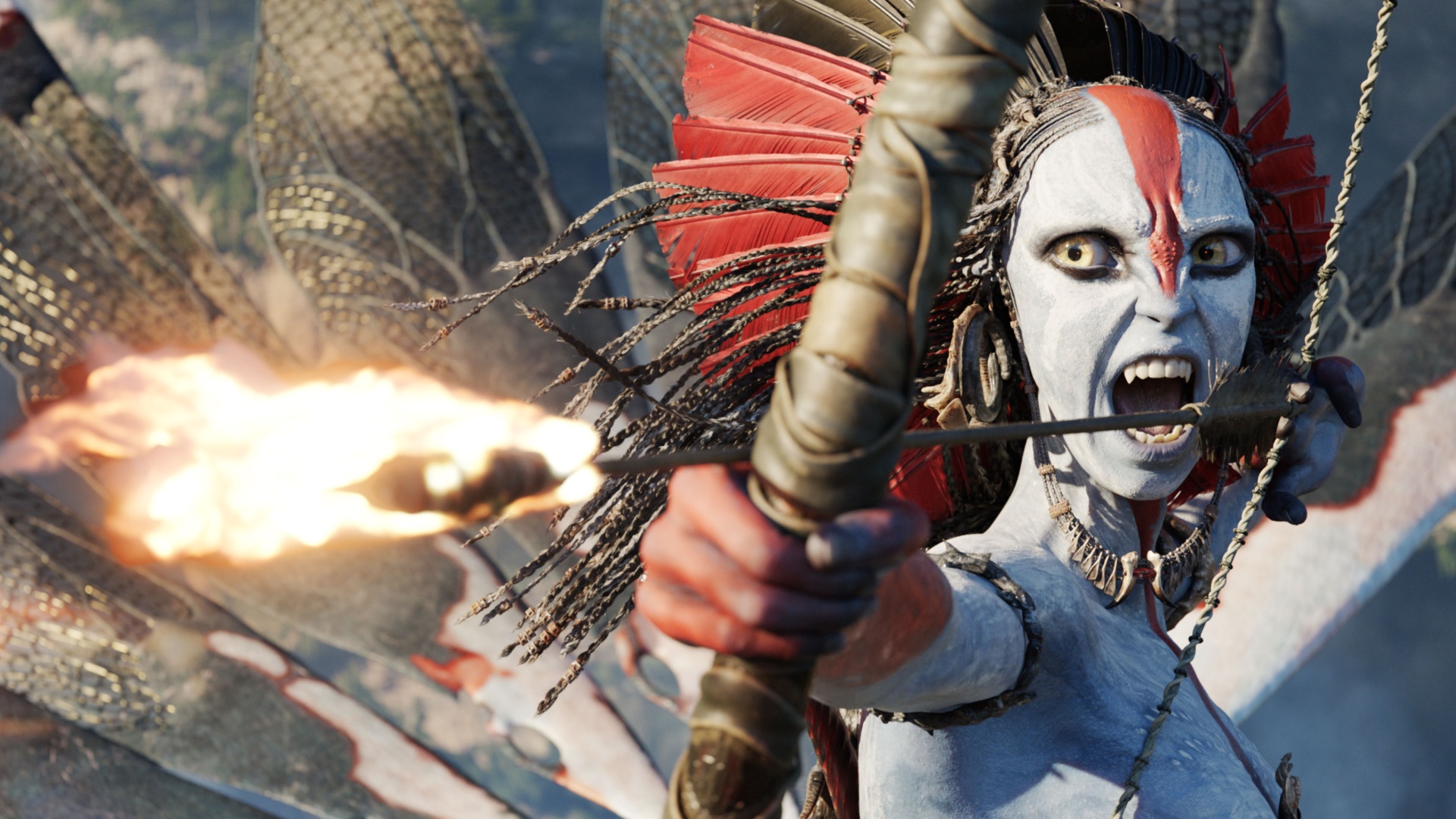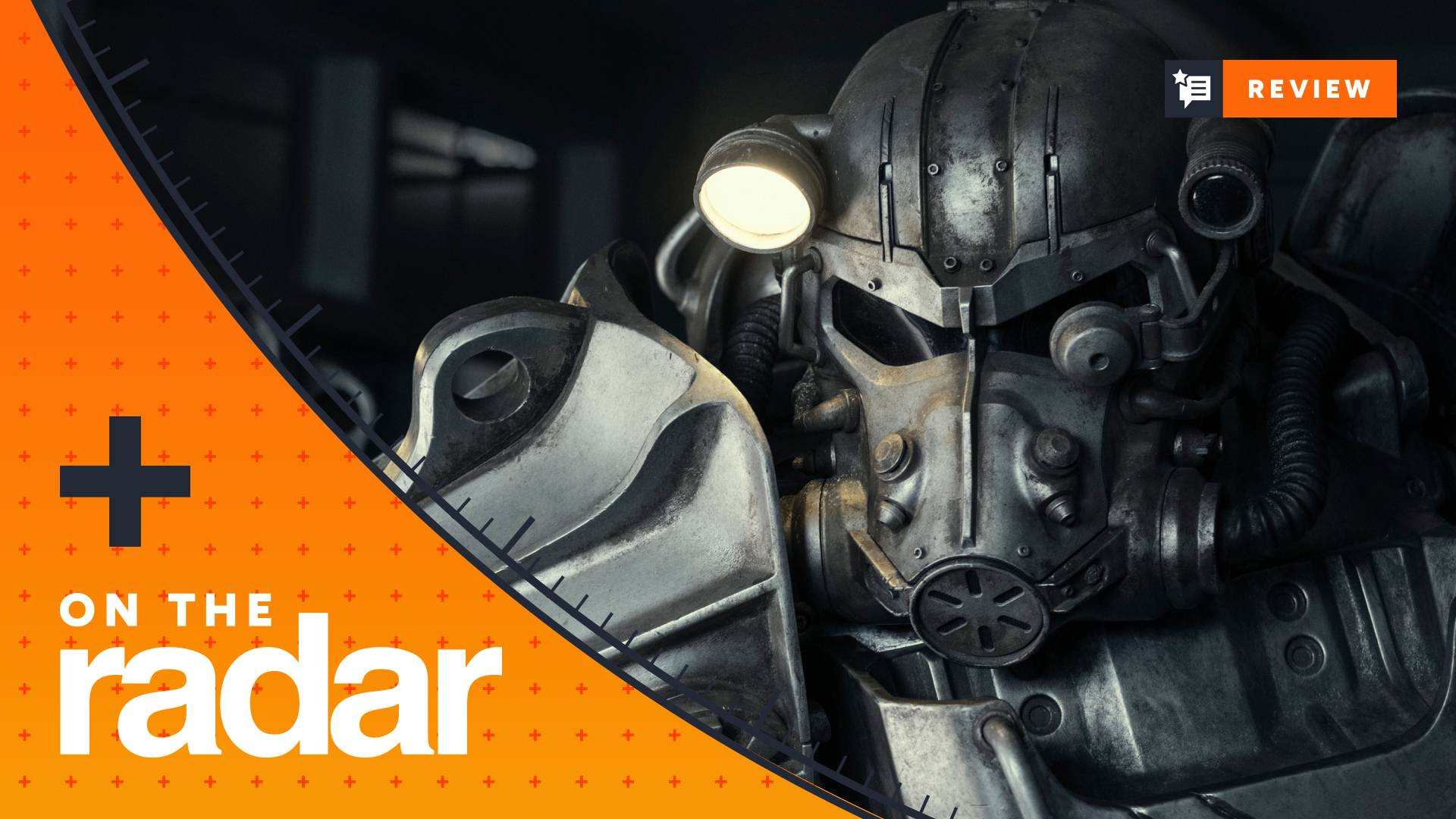10 technologies that vanished in sequels to your favorite games
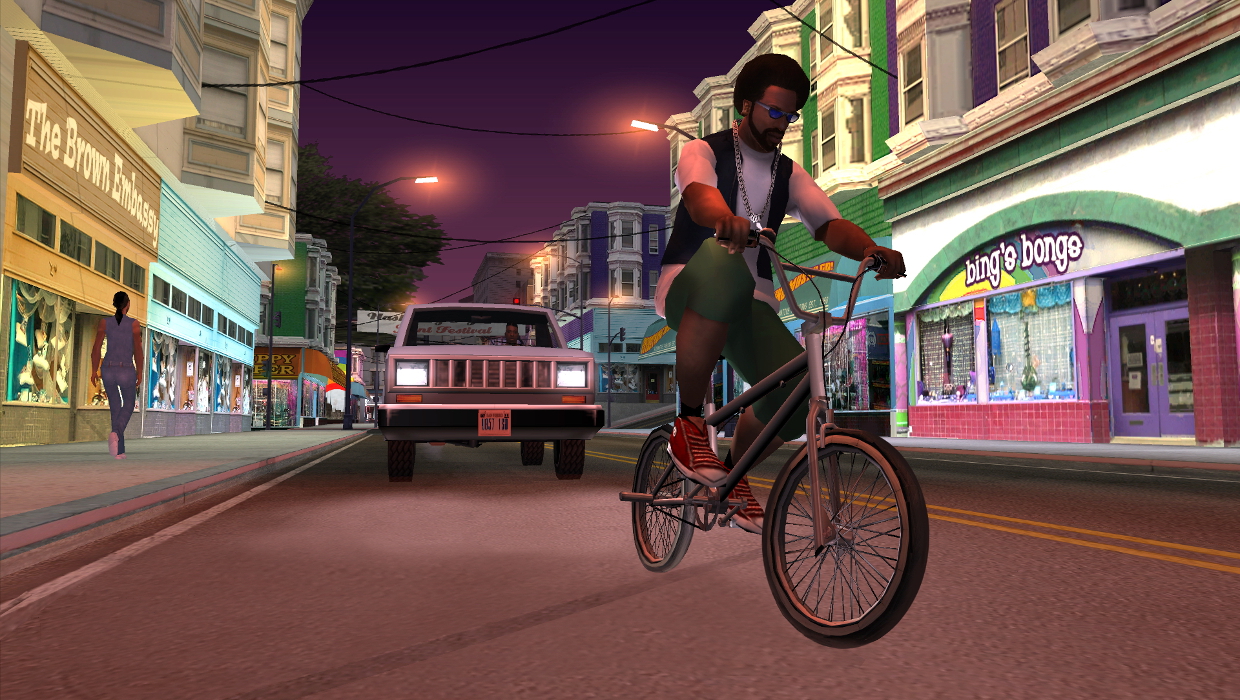
The Dark Ages
Imagine waking up tomorrow to find that touch screens or wireless controllers never existed. And it's weird, because youre pretty sure that just last weekend, you were hanging out at home, using your Windows Phone as a second screen while burning through Halo 4, with nary a cord to be seen. What happened there? The disconnect is like a glitch in the Matrix--difficult to identify in retrospect, but thickly palpable in the moment.
We love sequels. They represent a creative investment that goes beyond expanded storylines or new characters. More is not always better, though, and while these games are certainly worthy of your time, theyve neglected to carry the technological torch in some interesting areas. To be clear: Im not talking about graphical performance or gameplay mechanics, but features that are woven into the games narrative itself. They were a meaningful part of our virtual playground, and their disappearance is downright mystifying.
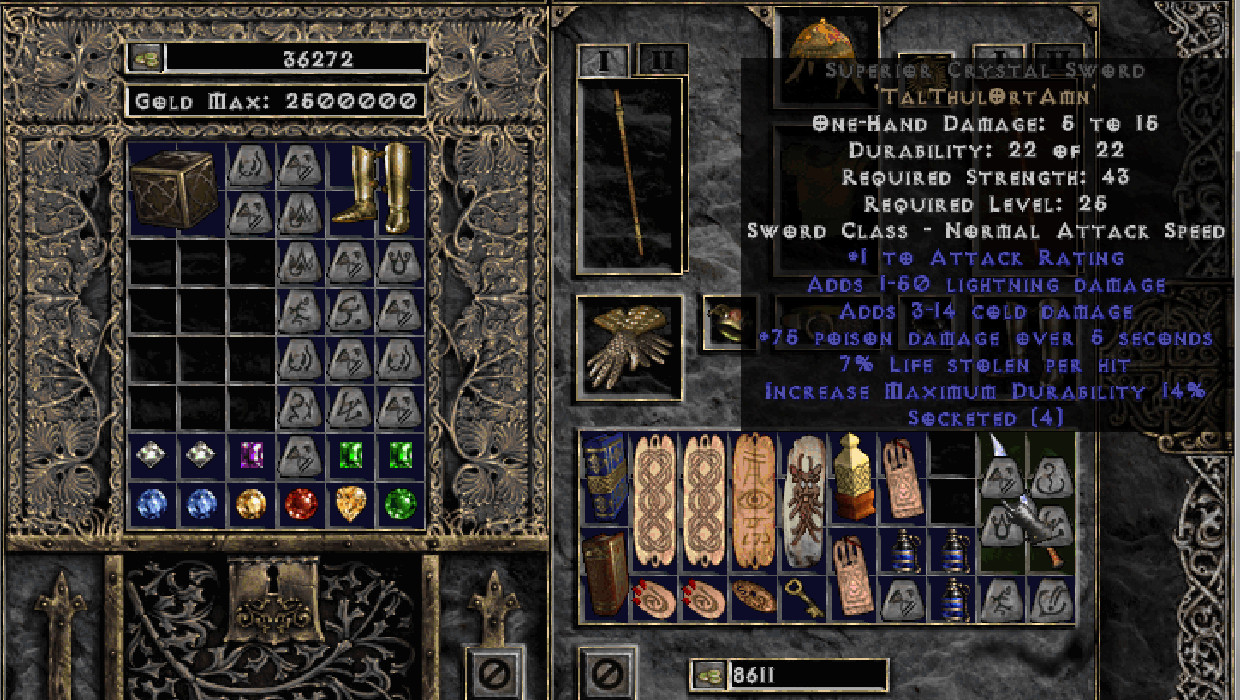
Rune Words are banished from Diablo 3
Shael-Um-Thul--a word that brings great power to those who would emblazon it upon their armor. In Diablo 2: Lord of Destruction, each syllable is associated with a rune, which must be retrieved from the demon-filled dungeons of the world and socketed into various equipment types. One game they're here, the next they're gone.
What are we going to tell Jim the Barbarian when his rune-laden axe is suddenly devoid of all its majesty? Will we blame it on Baal? Maybe. Runic Games? Probably. Perhaps the destruction of the Worldstone resulted in a mass disenchantment of sorts, turning runes into useless rocks. Its also possible that the powers hidden within every rune were tied to the Archangel Tyrael, and his banishment from Heaven negated their effects. These stone tablets, which were once valued highly enough to be used as currency, should be used to pave roads between towns and cities. Gas stations and convenience stores will follow, and Tristram will become the tourist trap we all knew it could be.
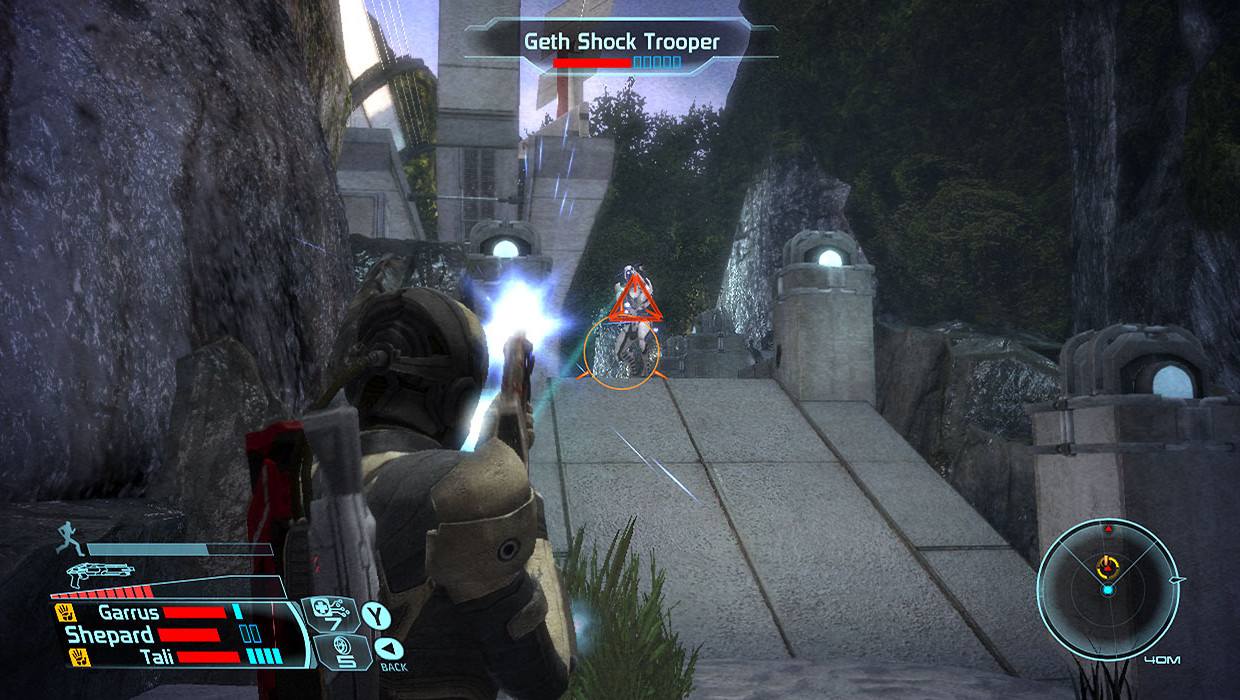
Infinite ammo is thrown out of the airlock in Mass Effect 2
Commander Shepard leans into the crossfire and centers his sights on a limping Krogan. His rifle hums as he finishes the job, and soon its overheated barrel signals an emergency cut-off. As the smoke clears, Shepard doesnt think to check his ammo gauge, because theres no need. In Mass Effects weapons, we enjoy the benefits of a miniature mass effect field, which is capable of firing microscopic shavings from a dense block of metal. With a large enough block, a weapon could theoretically fire thousands of rounds, but would quickly overheat without regular breaks.
After Sarens defeat at the Battle of the Citadel, this brilliant technology appeared to be lost forever. Historians claim that the advent of kinetic barriers necessitated detachable thermal clips, which could be quickly replaced to reduce downtime. As most battles are won on the basis of ammo attrition, military research is largely devoted to maximizing weapon capacity and output. While this is great news, it doesnt explain the new techs galaxy-wide proliferation in mere weeks. Get back to the firing range, Shepard!
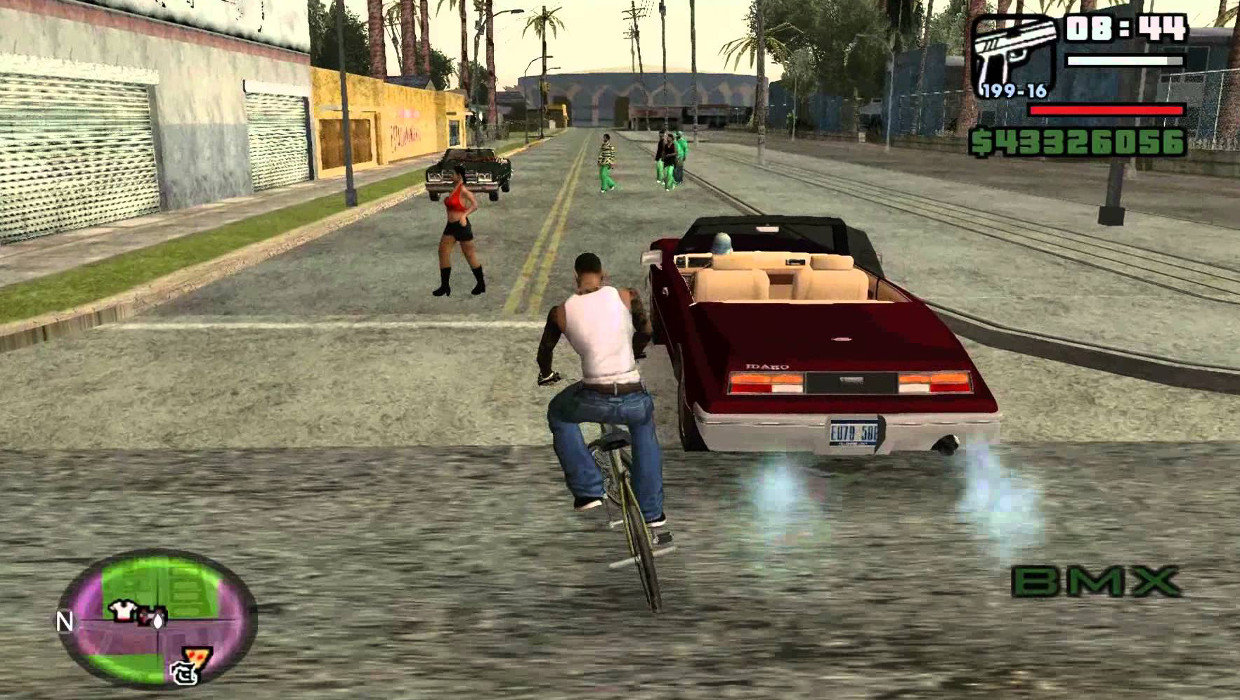
Bicycles bite the dust in Grand Theft Auto 4
You probably know this one. In Grand Theft Auto: San Andreas, protagonist Carl Johnson returns home after his mother is murdered and his family flies off the handle. What follows is a tale of not just ambition and betrayal, but sweet BMX barspins and fixed-gear cruisers. The first mission in the game has you chasing down a rival gang on two wheels, and cycling is consistently woven into the rest of the story.
Over in Liberty City, bicycles have most likely been banned due to the urban centers notoriously high crime rate. Perhaps Mayor ODonovan outlawed cycling in hopes of curbing the spike in traffic fatalities thats lasted since the infamous Claude made his mark in 2001. When Niko enters the city seven years later, its pretty clear that pedestrians and bicycles are the least of anyones worries. In Liberty City, youre more likely to get hit on by flying shrapnel than the cute girl at the coffee shop (and its not because of your WoW t-shirt).
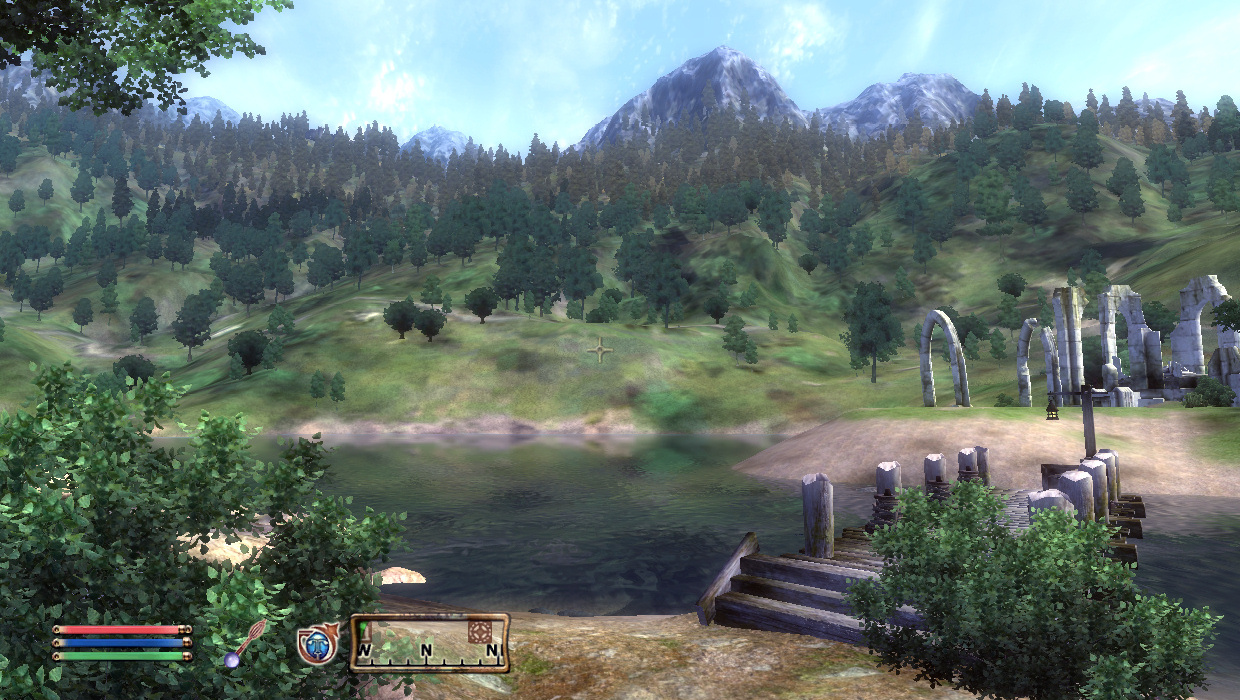
Cyrodiil sidelines public transportation in The Elder Scrolls IV: Oblivion
Will the real Nerevarine please stand up? In Morrowind, adventurers traveled in style atop Silt Striders, giant arthropods that towered over trees and buildings alike. These living carriages could be found in most cities across Vvardenfell, and their preset routes made long-distance travel a matter of conscious planning.
Cyrodiil, the setting of Oblivion, is a civilized land that constitutes the socioeconomic center of the Elder Scrolls world, so where are the transportation services? Even those savage Nords to the north have managed to cobble together a basic carriage system. Word has it that the death of Uriel Septim VII and the appearance of Oblivion gates has thrown the provinces infrastructure into disarray, leaving many a bootless Khajiit in the dust. The eating habits of Daedric Princes arent well-documented, but there have been a few eyewitness accounts of bears and horses being dragged into glowing portals. Its probably time to get working on that Engineering degree, because the first person to invent a horseless carriage would surely enjoy free drinks at The Feed Bag.
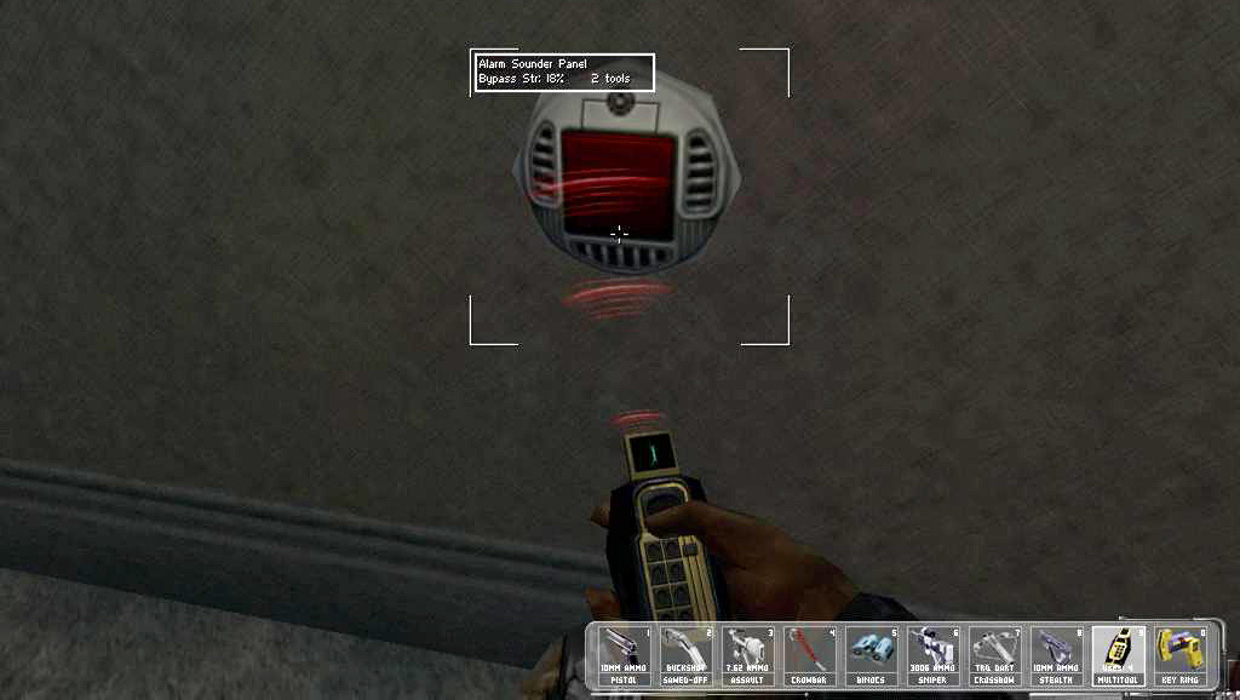
The Multitool hacks its way out of Deux Ex: Human Revolution
Before you bite your cybernetic thumb in my general direction, hear me out. Human Revolution took place in the year 2027. At this point, nanotech augmentations have yet to be developed, and biomech is the current trend among those who can afford it. Along with his genetic modifications, Adam Jensen is able to leverage this technology in order to interface directly with various doors and consoles throughout the world.
But then we bounce forward to 2052. In the original Deus Ex, UNATCO Agent J.C. Denton is saddled with a clunky Multitool that looks more like a giant walkie-talkie than a government-issue hacking device. He is the second nano-augmented human in history, but hes sporting some serious retro tech on the runway. The Multitool, which would finally be replaced with a nanite version in 2072, is likely part of an old guard of espionage technology that full-organic agents used in the early 21st century. UNATCOs inability to keep its employees well-equipped was probably a factor in its downfall after The Collapse.

Ammo crafting mutates out of Resident Evil Code: Veronica
The events of Resident Evil 2 and 3 are intertwined in such a way that one would think narrative continuity was a top priority. Both take place in Raccoon City over the course of a few days in 1998. Resident Evil 3: Nemesis introduced the reloading tool, which allowed players to craft and enhance their own ammunition throughout the game. This process required gunpowder, a crafting reagent that is also exclusive to Nemesis.
Code: Veronica, which occurs almost three months later, features an island prison, an antarctic Umbrella facility, and an extravagant palace, where guns and ammo are in no short supply. Claire and Chris Redfield spend most of their time shooting things, and a magic bullet or two would have made short work of all those mutated baddies. Somehow, the Berettas and Glocks of Code: Veronica are incompatible with custom ammo, and our protagonists are left with Bow Gun Powder, an anachronistic combination of sticks and stones that just doesnt fit.
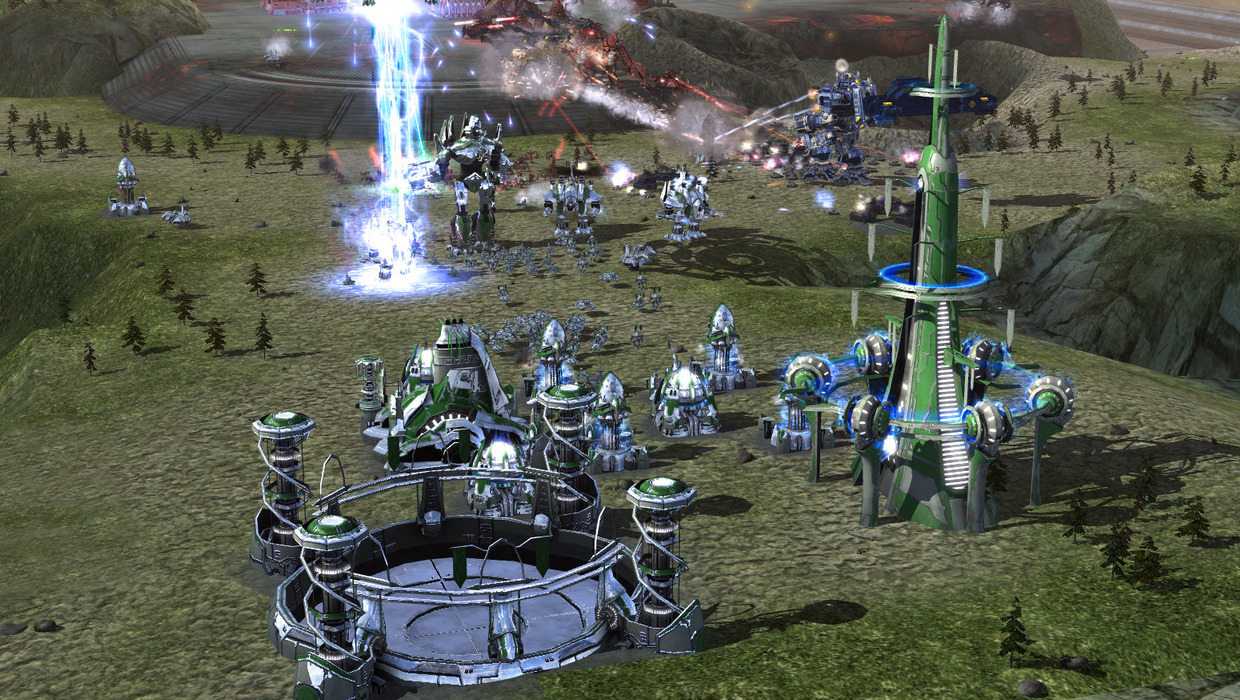
Resource streaming exits the atmosphere of Supreme Commander 2
As many a SupCom forum dweller will tell you, the first game was all about economy and scale. Resources were expressed in terms of energy and mass, rather than financial sums, and players could essentially forgo payment until buildings were completed. With Supreme Commander 2, developer Gas Powered Games decided that we just couldnt be trusted with our own wallets, which is probably true.
Having occurred within the same time period, both games should have shared this resource system, but the far future is a fickle place. Keyboard generals across time and space were left with a more conventional setup, where funds had to be fully collected before they could be used in any way. (Spoilers follow) At the end of the Cybran campaign in Supreme Commander, an enormously intelligent A.I. disables every quantum gate in the galaxy, preventing superluminal travel for several years. This event likely disrupted the valuable replication technology that humans have used to create and distribute resources for centuries. Humanity collectively shudders at the prospect of responsible budgeting.
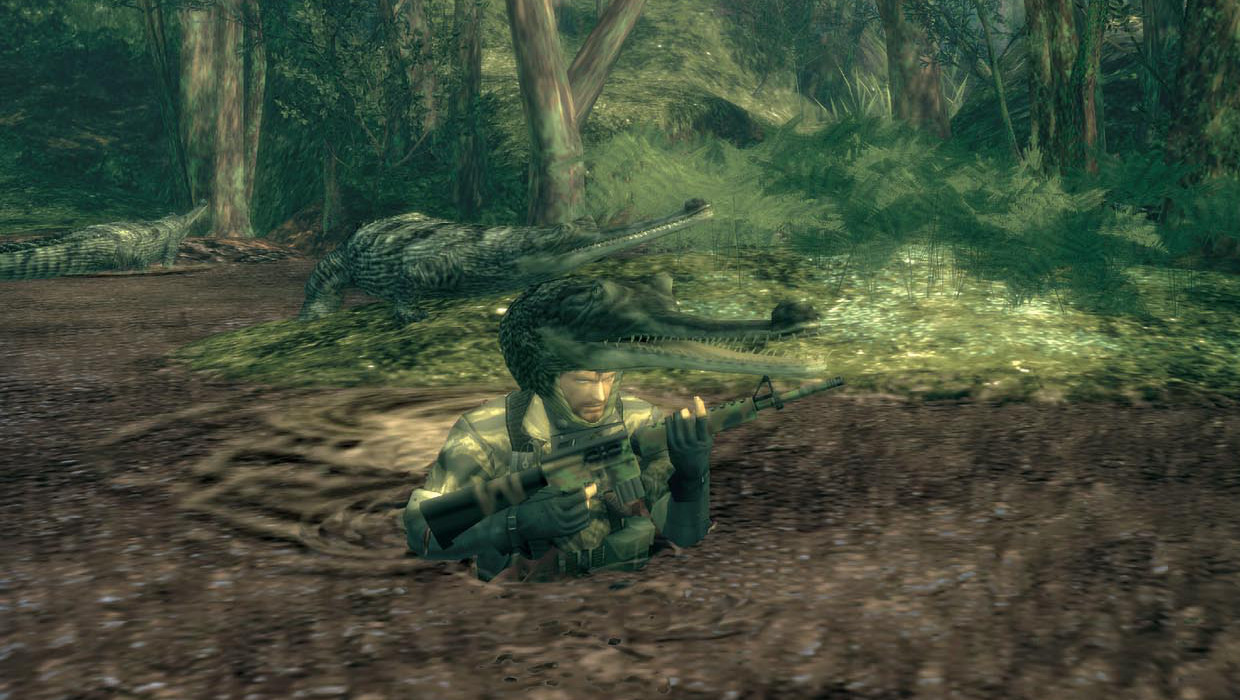
Surgery cuts its way out of Metal Gear Solid: Portable Ops and Peace Walker
The saga of Snake: an exercise in narrative complexity and form-fitting nanofiber suits. Series mastermind Hideo Kojima has worked tirelessly to craft a rich and evocative world that can be inhabited by compelling characters. Due to the sheer density of the Metal Gear timeline, continuity breaks are inevitable, and a notable feature of Snake Eater is conspicuously missing from its direct sequels.
If youre thinking of splints and sutures, youre on the right track. The Naked Snake of 1964 was alone behind enemy lines, and the Soviet jungle presented as much of a threat as the armed soldiers who patrolled its reaches. Leeches, snake bites, and food poisoning (not to mention bullet wounds) forced our man to tend to his wounds with whatever makeshift tools were available. Portable Ops and Peace Walker, which were released as direct sequels for the PSP, simplified the wide array of interesting surgical tools into nondescript med kits. The contents of these kits could not be used individually, so Snake was left fiddling with a magical locked box. Watch out for gangrene--we hear it really sneaks up on you.
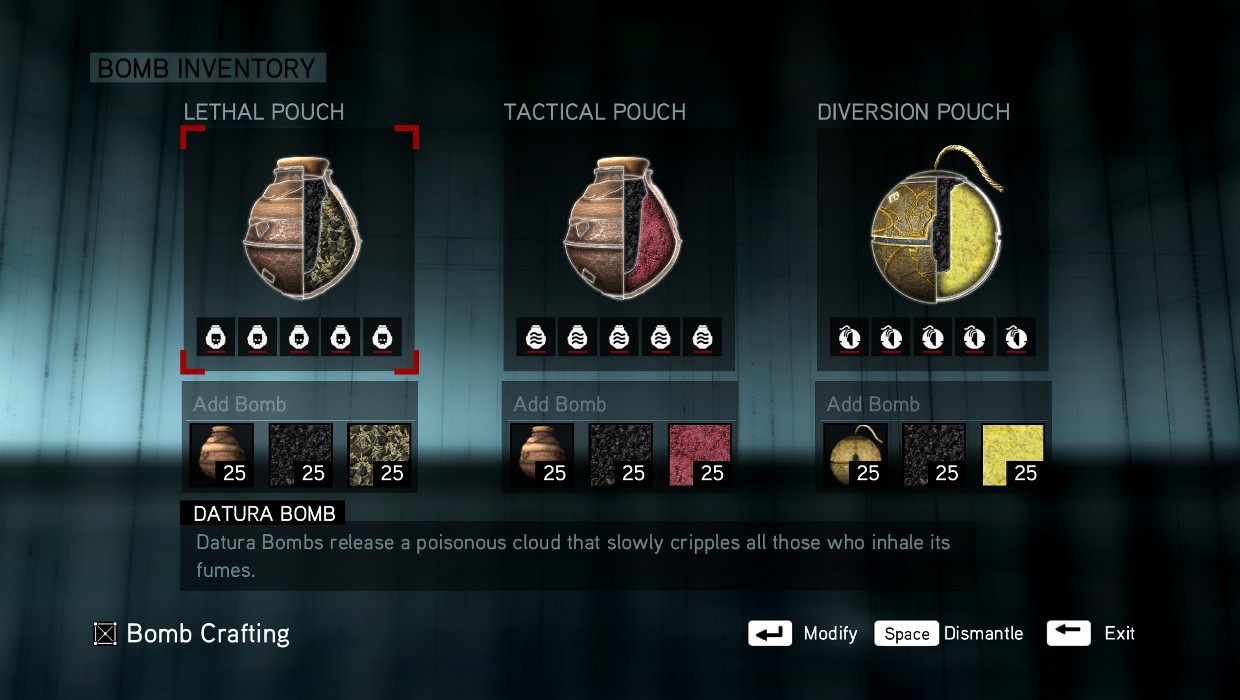
Bomb crafting bows out of Assassins Creed 3
Bomb crafting was introduced to the Assassins Creed series in Revelations, the final installment of the Ezio trilogy. Blood bombs, which are exactly what they sound like, could stun victims into thinking theyd been badly injured. Tripwires and shrapnel could make the injuries real. Instead of shooting or stabbing, Ezio could plant his very own IED in an unsuspecting guards path and watch from a distance.
In Assassins Creed 3, crafting was expanded to include anything from ship masts to flintlock pistols, and was worked into the hunter-gatherer persona of Desmonds 18th century ancestor. All these new toys came at the inexplicable expense of bombs and other improvised explosives, which Desmond has suddenly forgotten how to make, despite being host to both Ezio and Connor. Smoke bombs did make an appearance, but who really used those? Our sources suggest that the disappearance of bomb-making literature in the colonies was connected to a British conspiracy. Havent you heard of the Boston Gunpowder Party?

GLaDOS jettisons energy balls in Portal 2
Energy balls--also known as High Energy Pellets--peppered the chambers of the Aperture Science Enrichment Center in Portal. These lethal orbs bounced between wall receivers indefinitely, unless redirected with a portal gun. Once this happened, all bets were off, and the electric asset became a serious liability. Watch your head, Chell. Youll need it to eat the delicious cake you were promised!
In Portal 2, GLaDOS must have decided that energy balls were more trouble than they were worth. With little explanation, she quietly replaced them with laser beams, which were more predictable and ultimately less exciting. These Thermal Discouragement Beams presented little challenge to Chell, who had proven her hardiness by surviving the Great Cake Fire of 2010. Fortunately, resourceful lab rats can modify their testing experience and bring back older features of Aperture Science. After all, theres no sound like the snap and crackle of a supercharged ricochet to get your portals poppin in the morning.
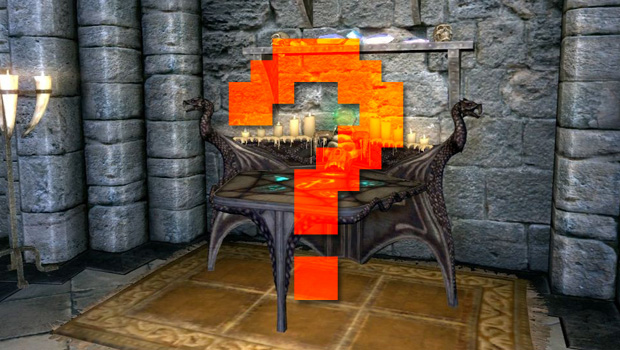
Gone for good?
Thats all she wrote and then rewrote. None of these changes or omissions were game breaking, but they did cause some serious head-scratching for those who paid attention. Weve probably missed something important, so please share your thoughts in the comments section below. When did you last encounter a game technology that didnt survive the trip between sequels?
You have a couple options right now. You can either read about 8 bizarre parallels between Wolfensteins world and our own, which is pretty good. Or, you can read about Call of Duty: Advanced Warfare, which is also pretty good. Choose wisely.


